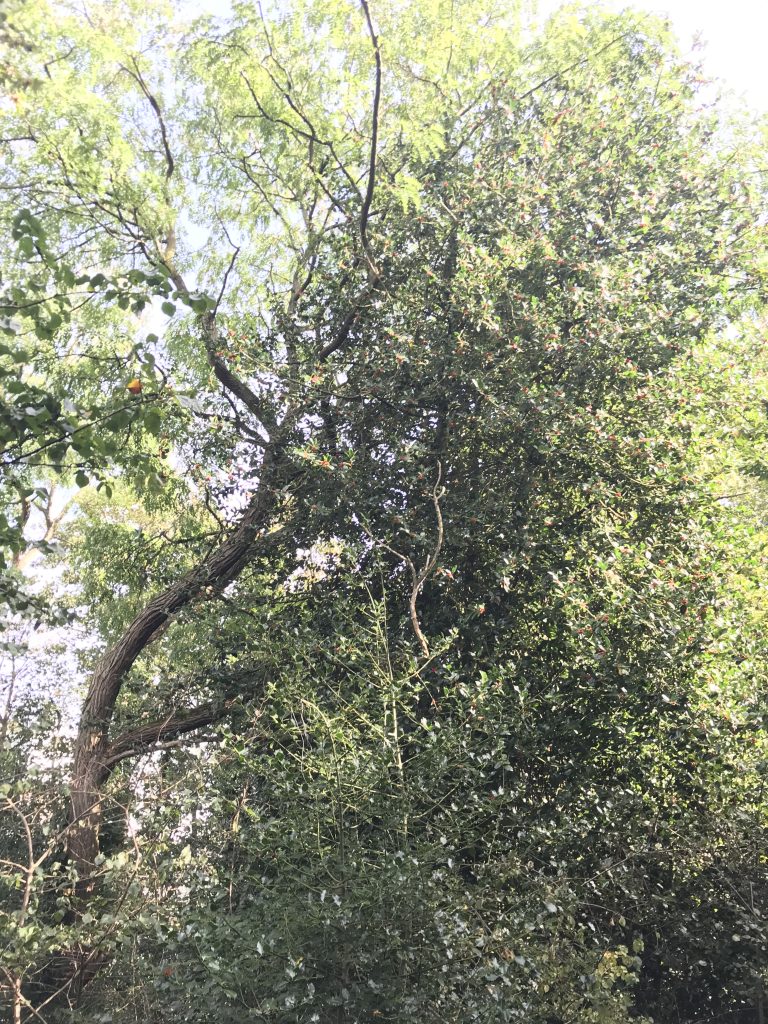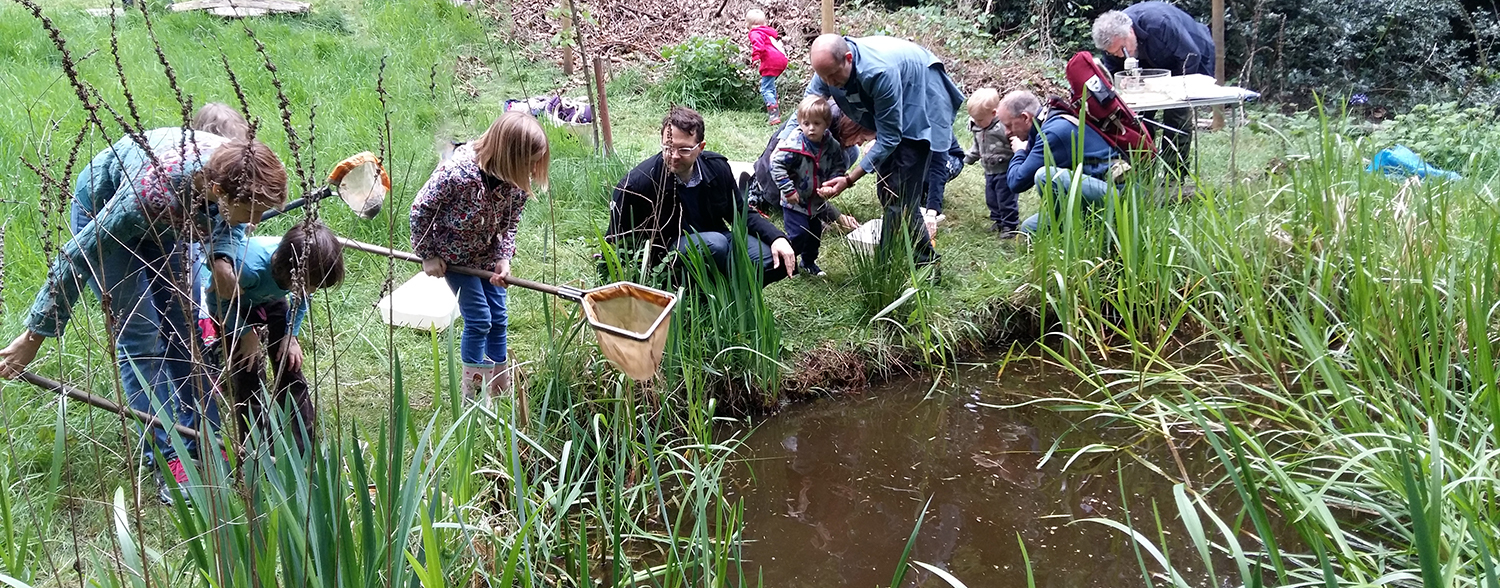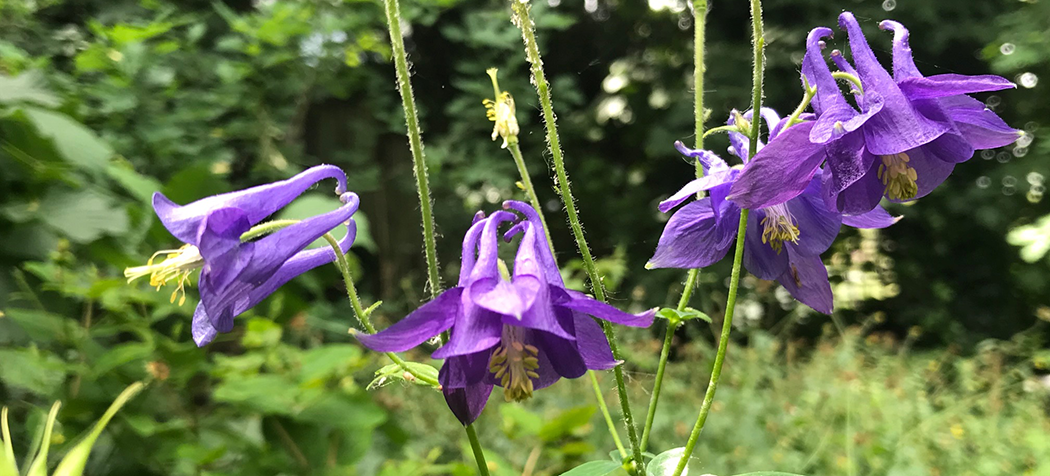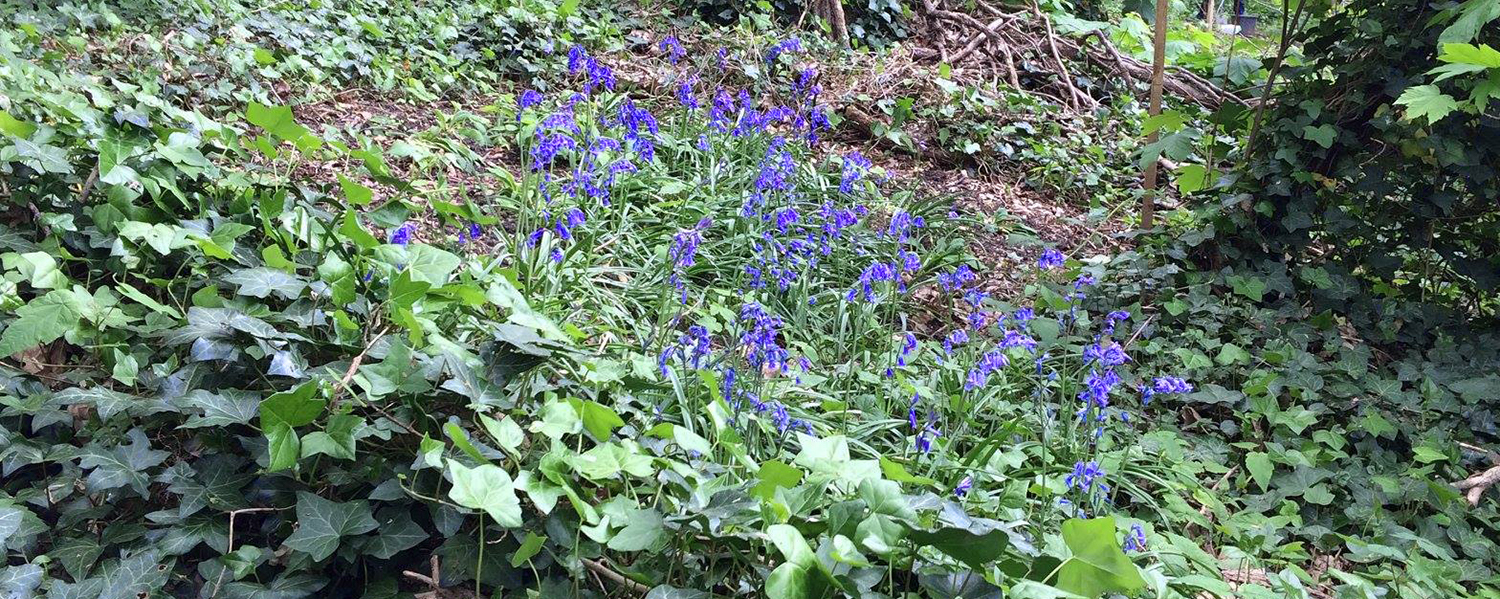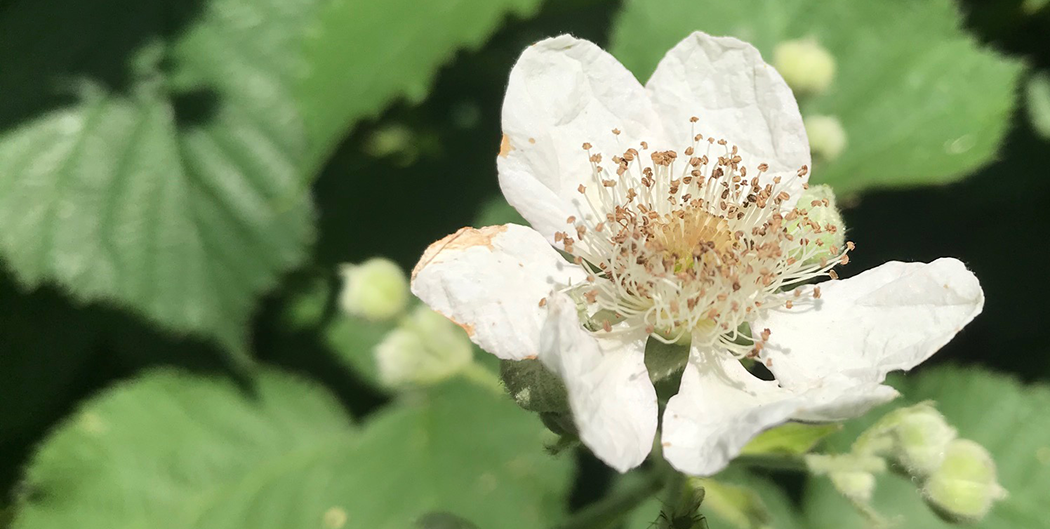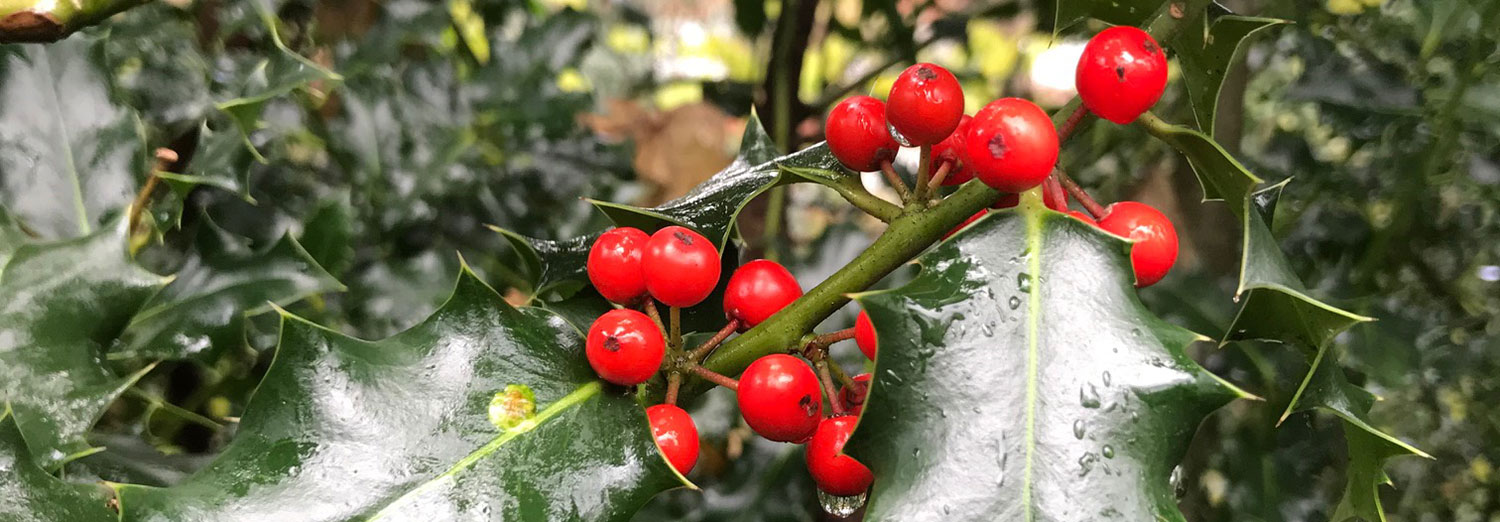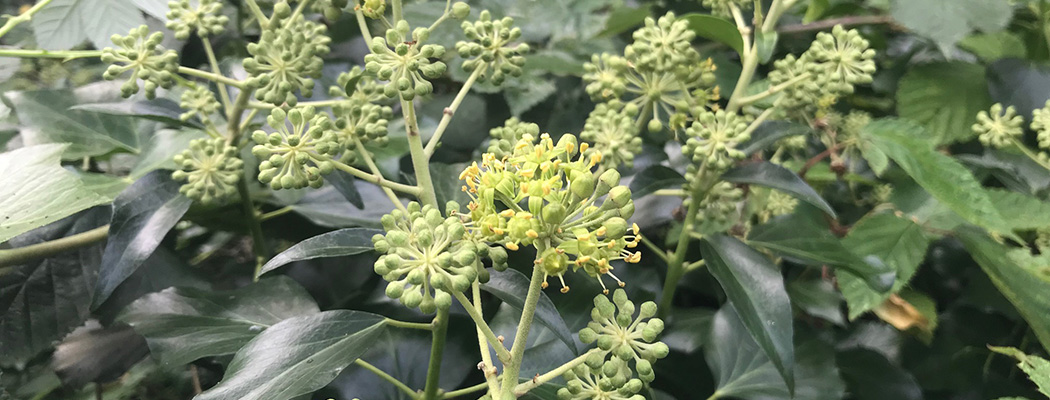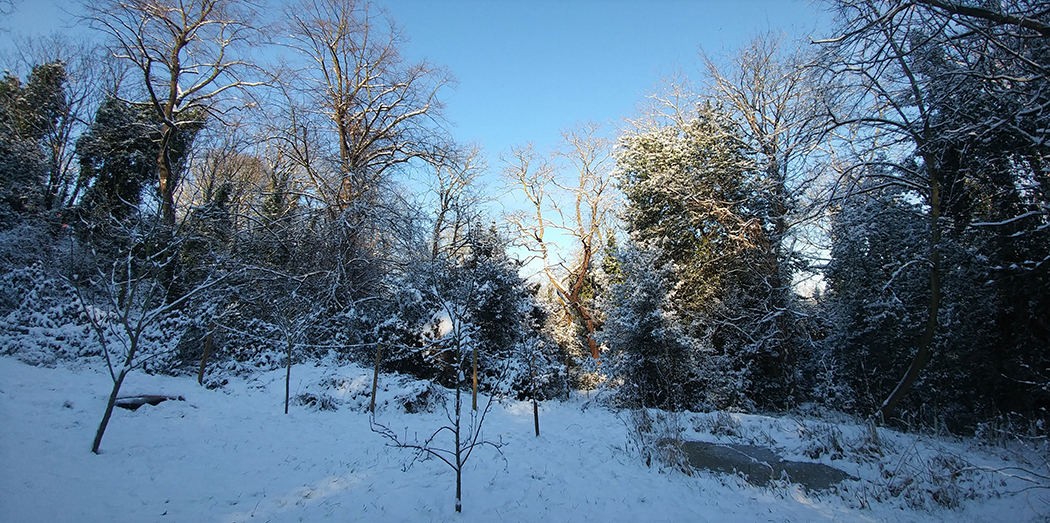Don’t forget that tomorrow, Wednesday the 22nd of November is our Eighth Annual General Meeting. It will held at 7.30pm in Room QA065 (Lecture Theatre), Queen Anne Building, University of Greenwich, Park row, London SE10 9LS, to which all Friends are invited. In addition to the business of the meeting, we are glad to say that we have Dr Mark Millan giving a presentation on “The Secret Gardeners” following the AGM.
Author Archives: Chris Bates
Volunteer Morning – Sunday 5th November 2023
The early November volunteer morning was very well attended by volunteers, committee members and also volunteers from the local Good Gym in neighbouring Charlton. The focus of this Sunday morning’s work was to coppice hazel shrubs and to remove dense holly shrubs so as to allow more light to ground level. Coppicing is a centuries old method where the trees and shrubs are cut back to ground level so as to allow strong, new stems to grow. Late Autumn to mid-Winter is the best time as the plants are dormant and there will be no new nesting of birds. The accompanying photos show everyone getting involved in the activities.
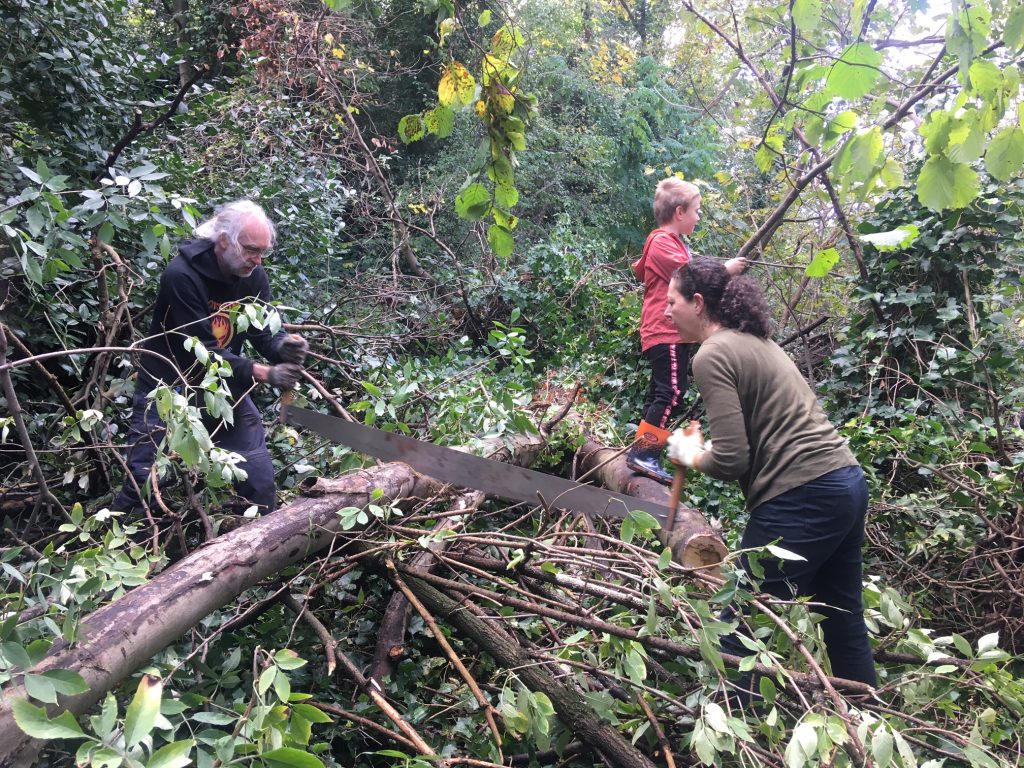
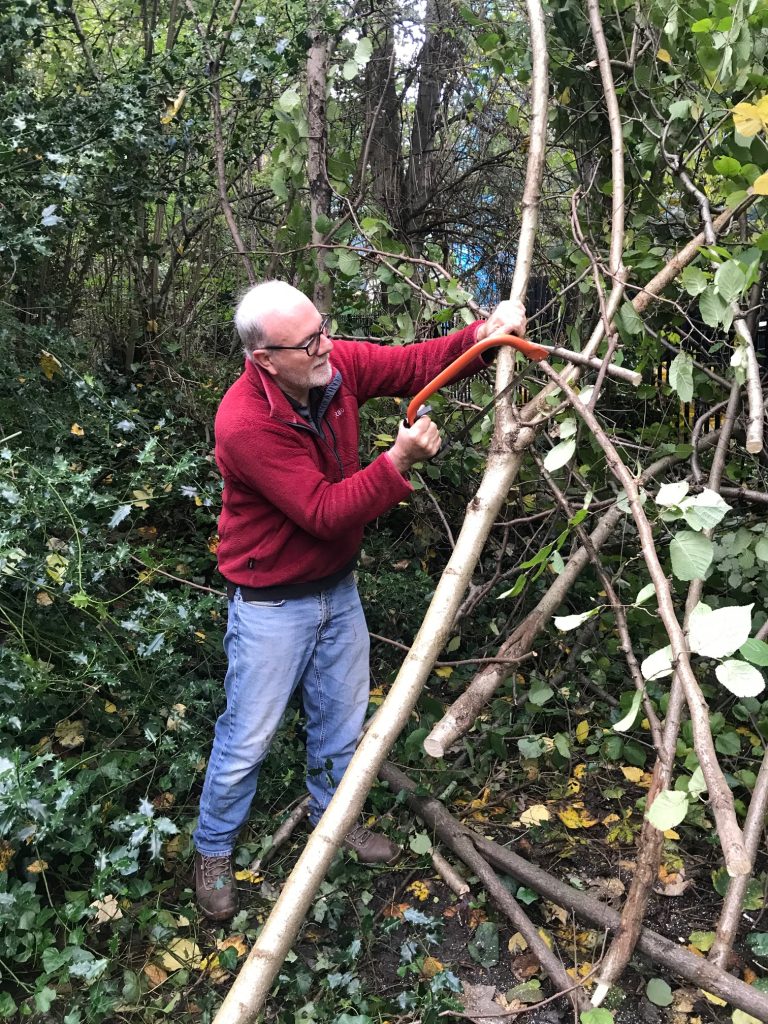
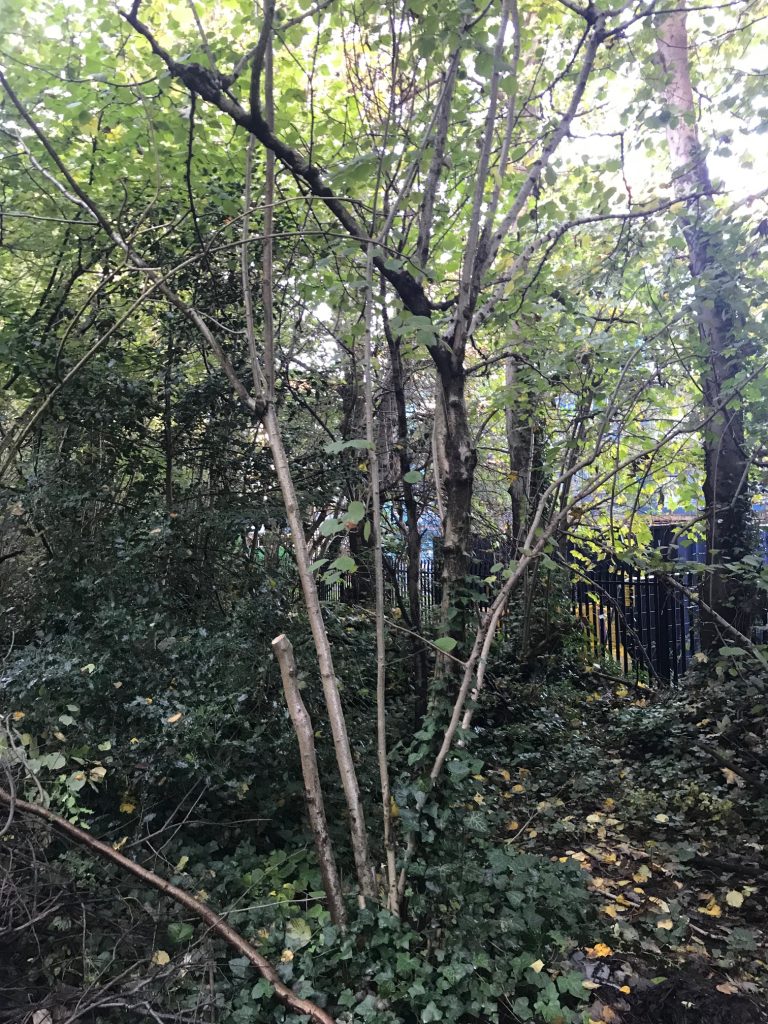
The removal of holly shrubs adjacent to Glade area and the pond also allows more light to the ground by removing dense foliage. It’s possible that the some of the holly in the woodland may have come from local gardens as noted in the shape and colours of the leaves.
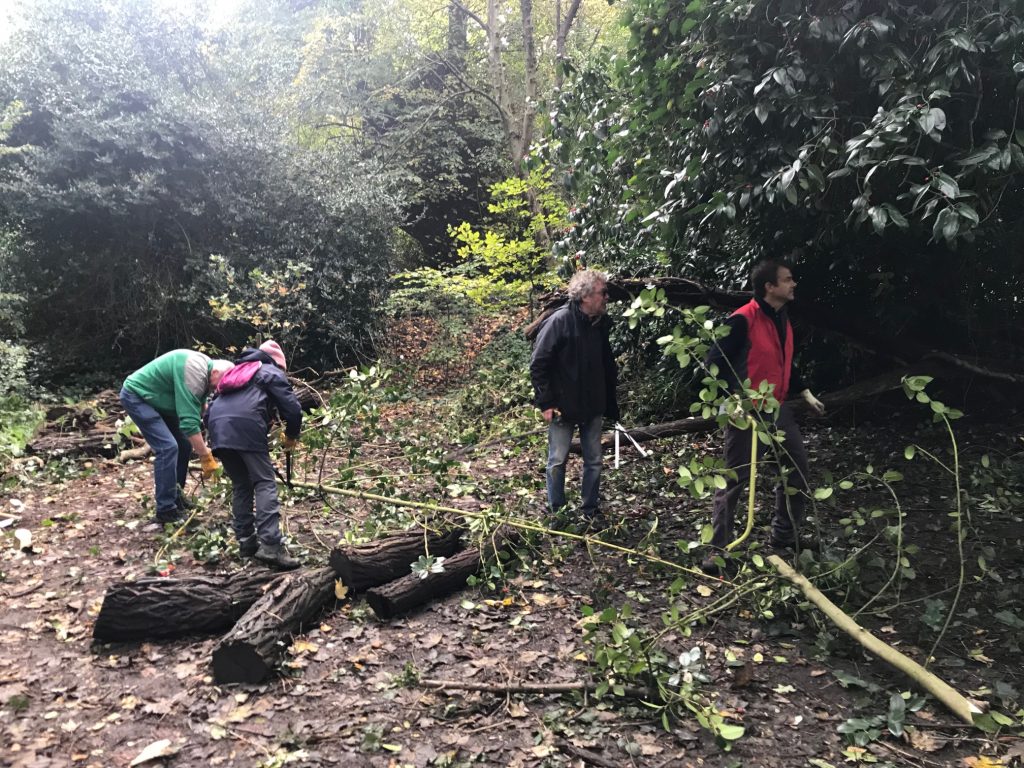
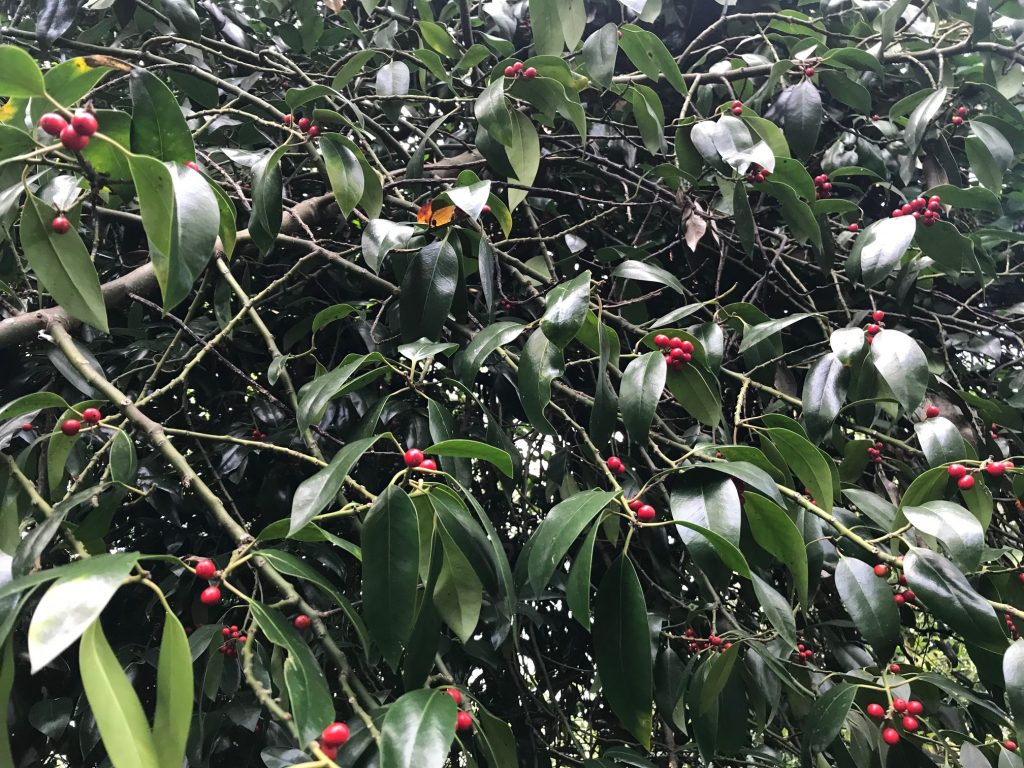
In addition to the above activities, new tree saplings where also planted. We can see our committee members with a newly staked tree and Andrew Slade watering it in.
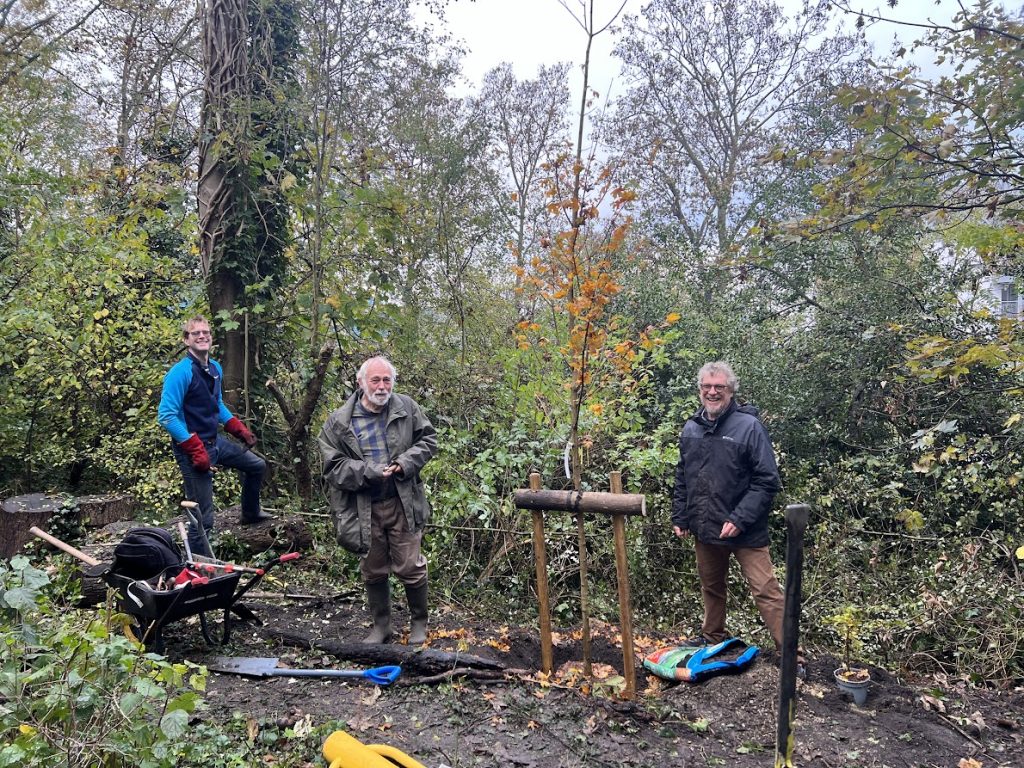
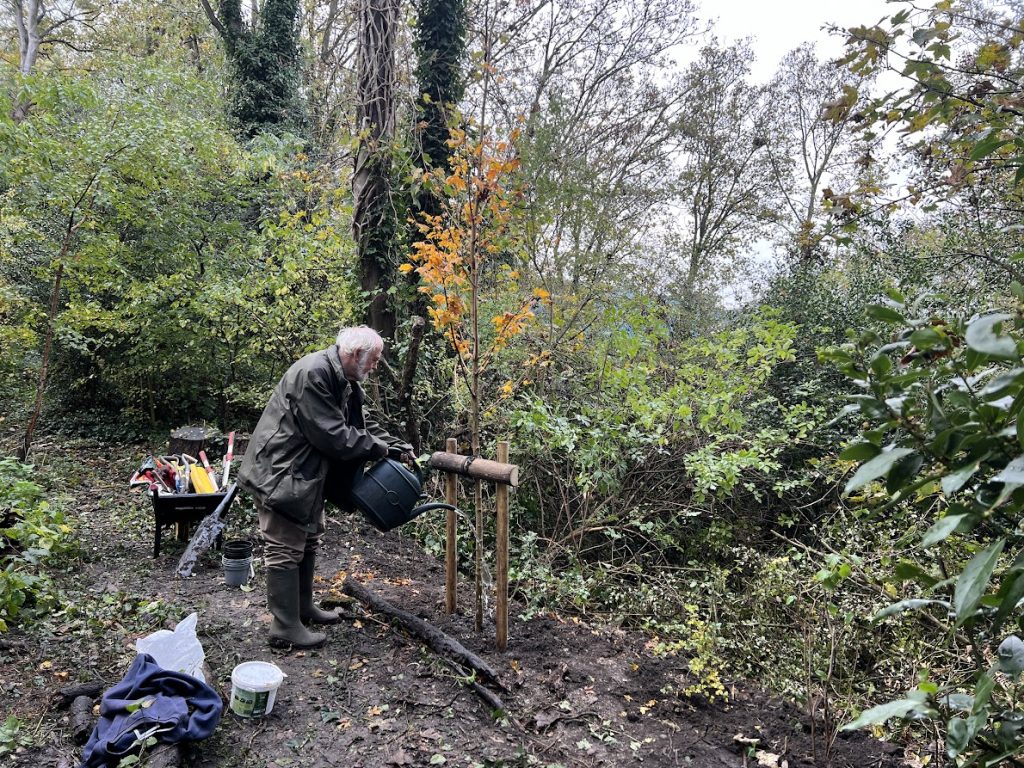
Backyard Nature in Greenwich!
Calling Youth & Community Groups. Would you like to spend some time in nature? Try out some creative woodcraft projects? Book a visit to our woodland in East Greenwich, near Maze Hill station. Contact Rich Sylvester / westcombewoodlands@hotmail.co.uk or text 07833 538 134. Plan a Visit for your group. A chance to explore and connect with nature. The site is a nature reserve with 340 trees, diverse plants, birds, insects, bees, a pond, a meadow and an orchard! We regret the site is not wheelchair accessible.
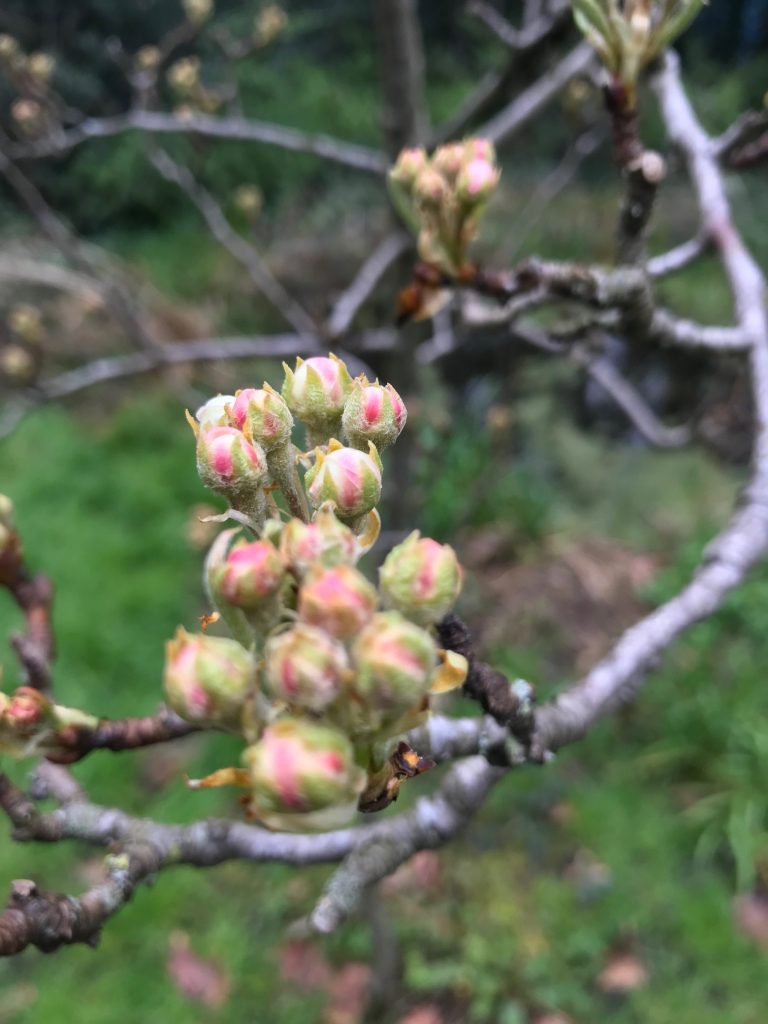
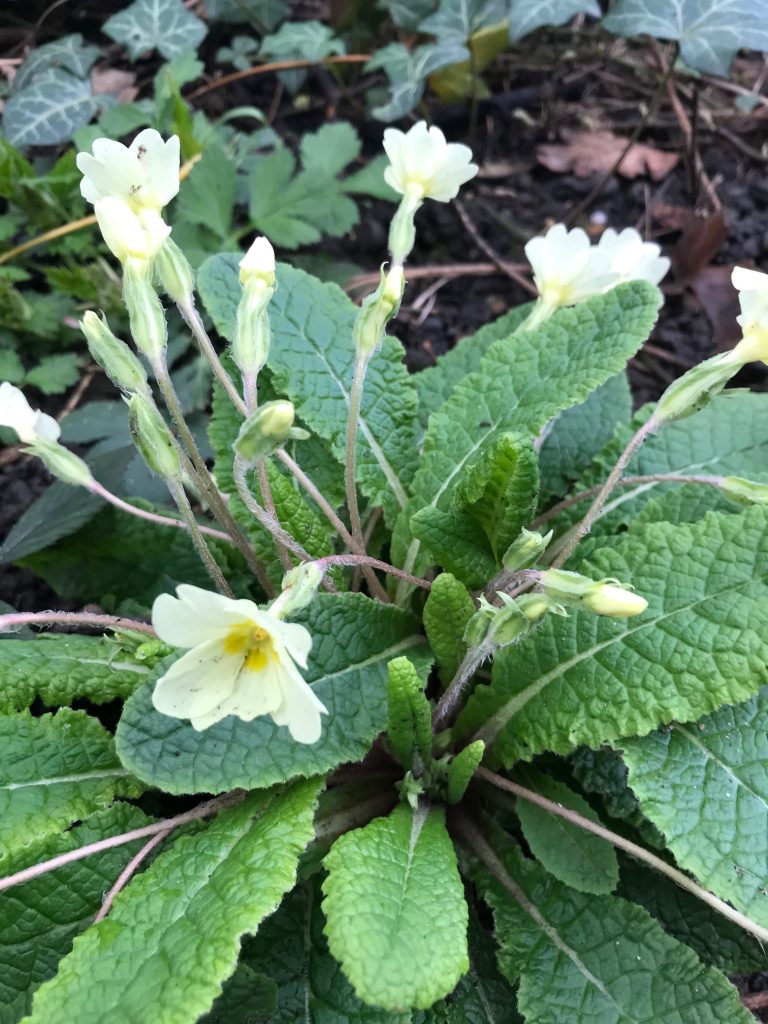
Early Autumn Open Day – Sunday 8th October 2023
Last Sunday’s Autumn Open Day event was yet another incredibly busy event. Certainly one of the most memorable items was that the temperature was more like a mid-Summer’s day, rather than the start of October. Perhaps this helped bring out the high numbers of visitors, both regulars and those who had never been here before. There was story telling by Richard Sylvester who kept children and adults entertained under a tent.
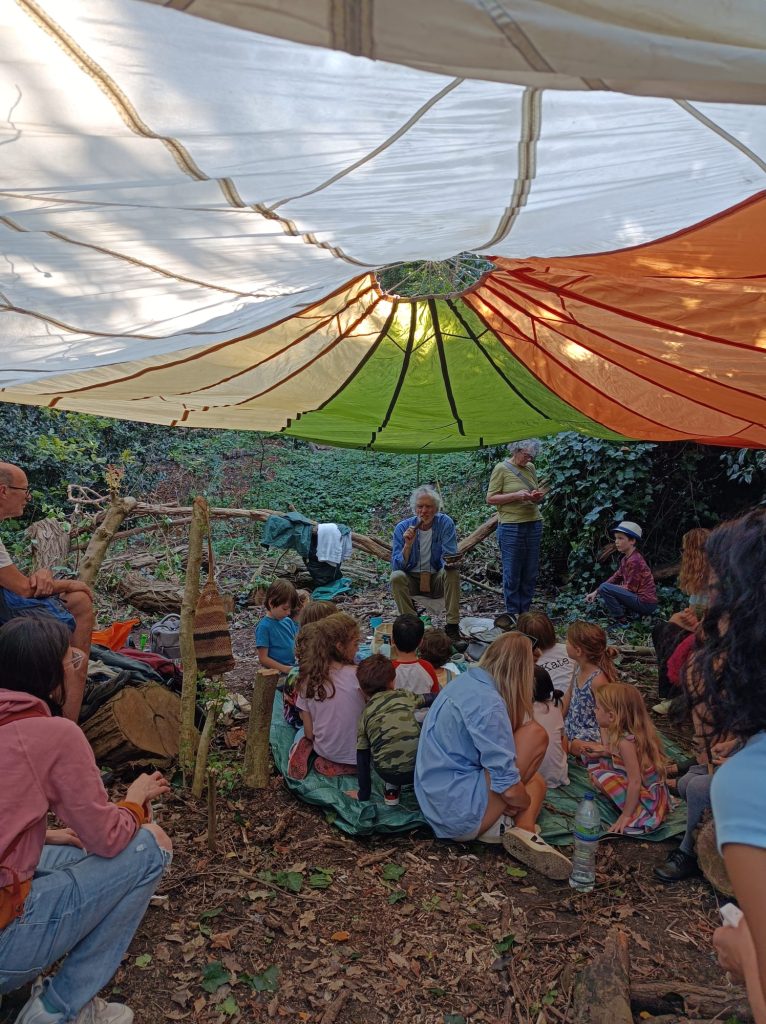
Although the apple trees produced a good crop this year, unfortunately this was 2 or 3 weeks ago, which meant there were none available. However some of the Bramley apples made a delicious home-made cake which was available to buy on the refreshments stall.

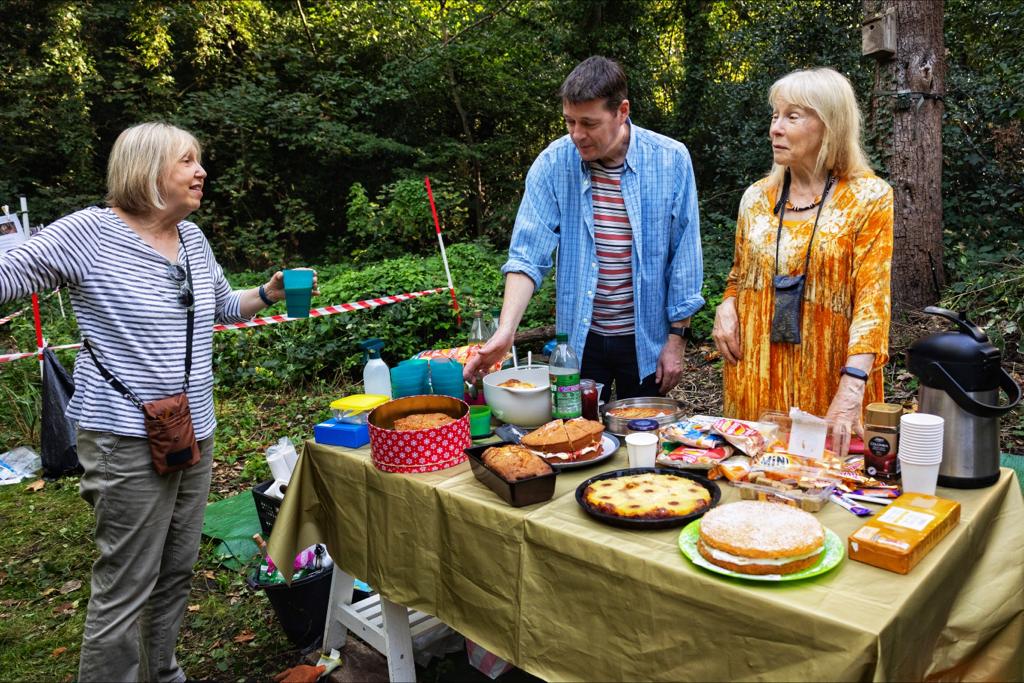
It was noted (see the accompanying photos) that one of the apple trees had apple blossom! Definitely not what you’d expect in October!
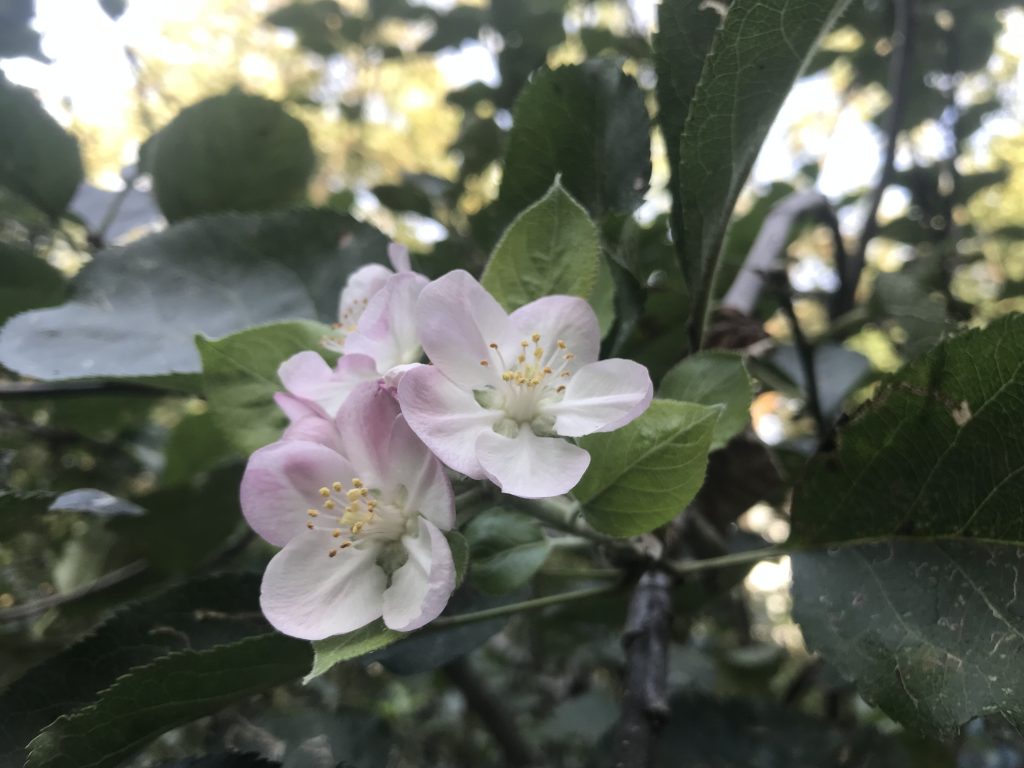
Continuing with the apple theme, committee member Henry Medlam organised apple bobbing activities.
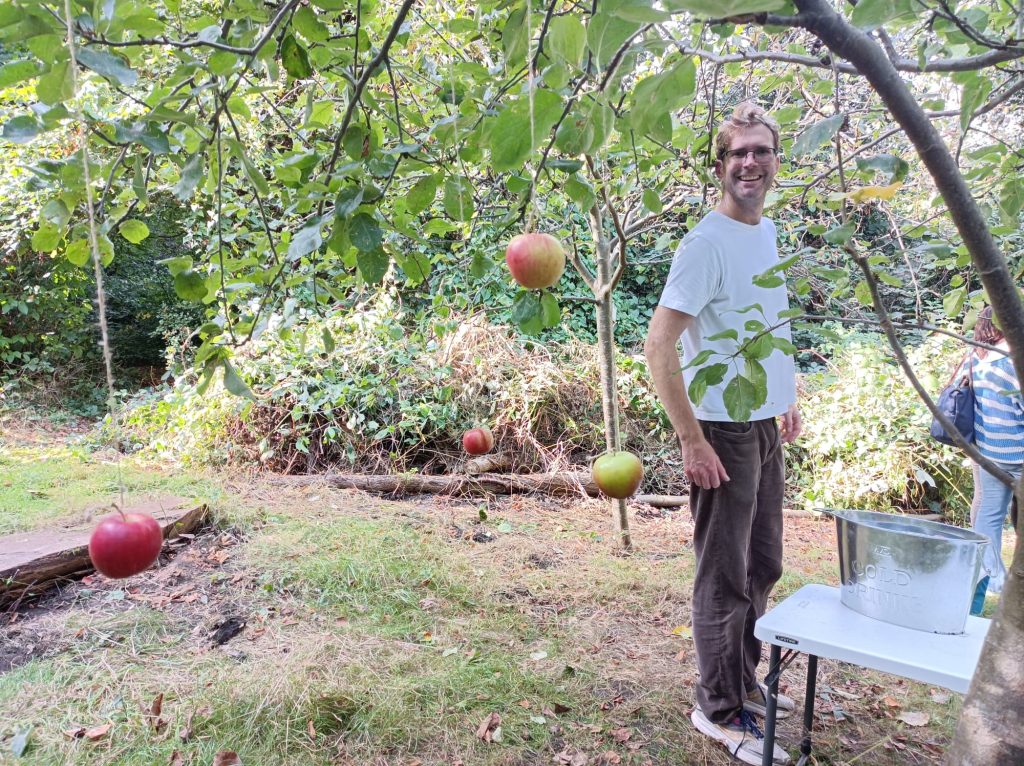
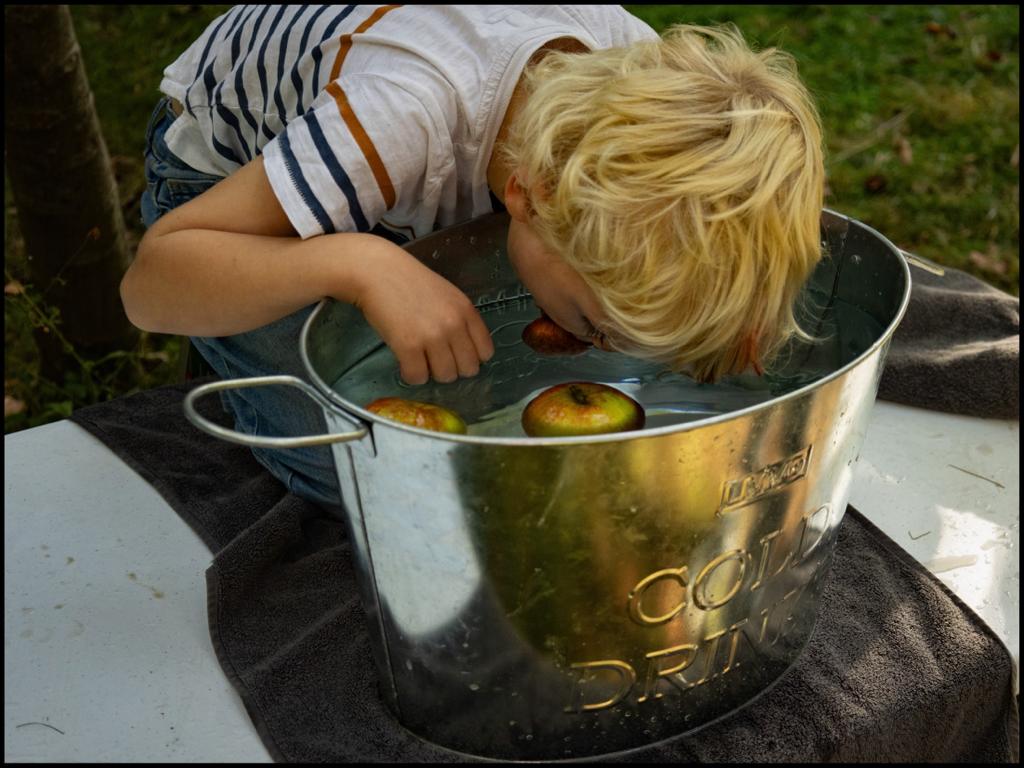
With donations at the gate entrance and sales of refreshments and books, almost £200 was raised in funds, which all goes towards the general upkeep and maintenance of Westcombe Woodlands.
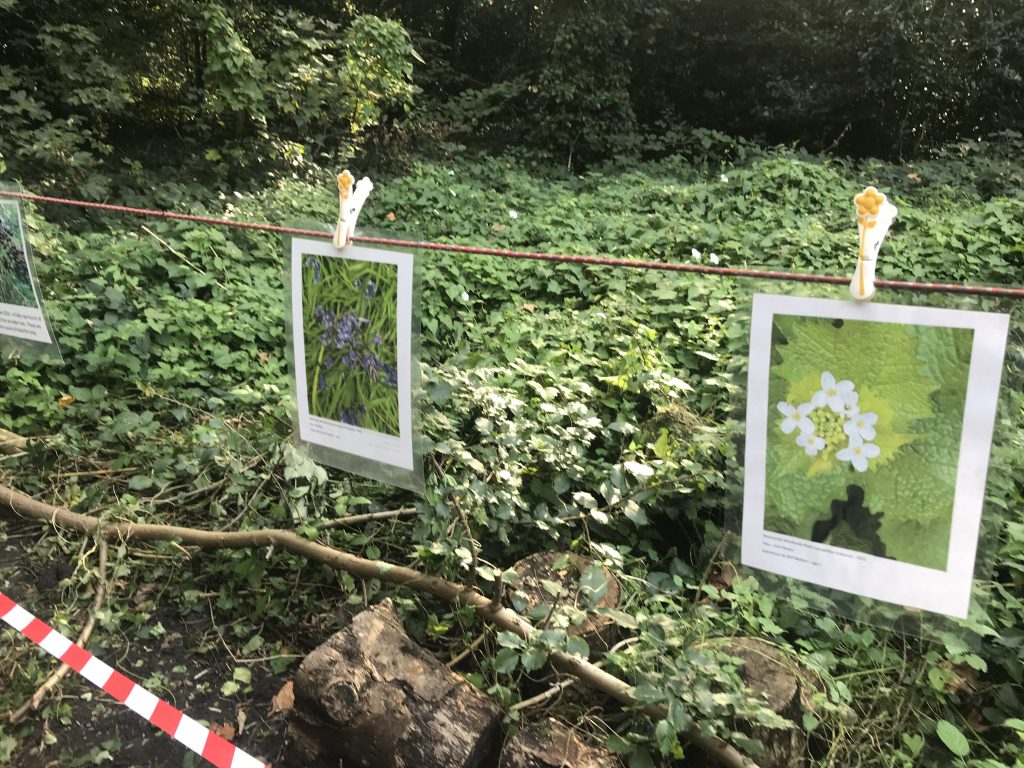
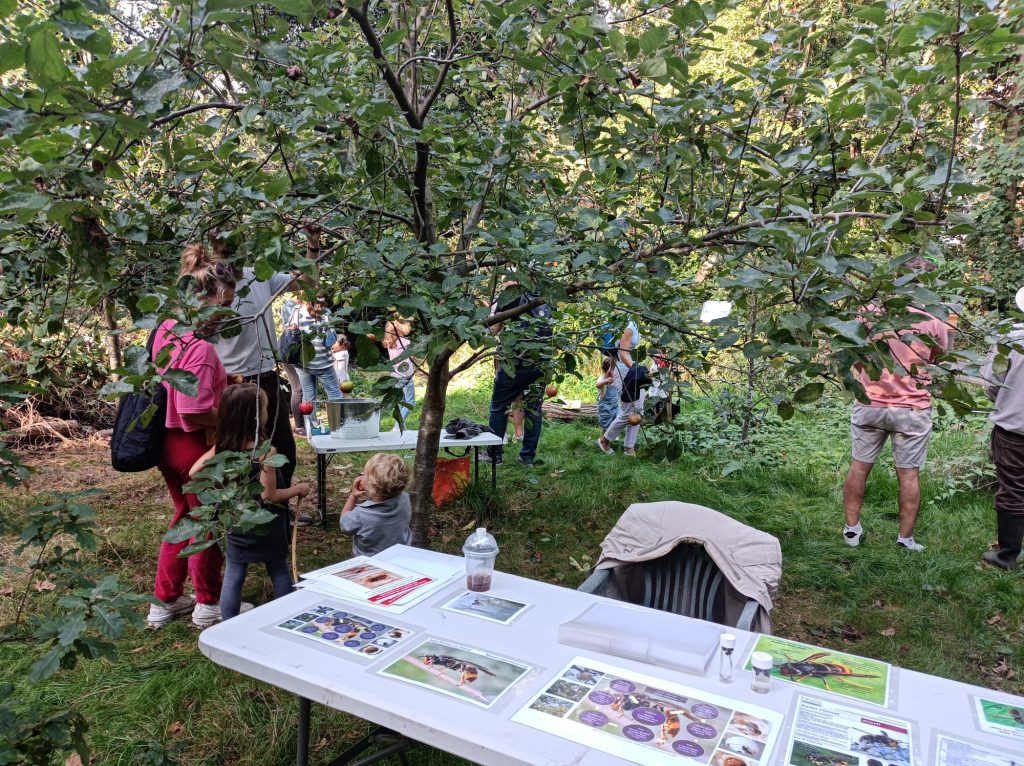
Volunteer Morning – Saturday 7th October 2023
This morning’s volunteer session was well attended with a lot of energy and focus for tomorrow afternoon’s Open Day event. This morning saw tidying up of the paths, removal of overhanging ivy and branches.
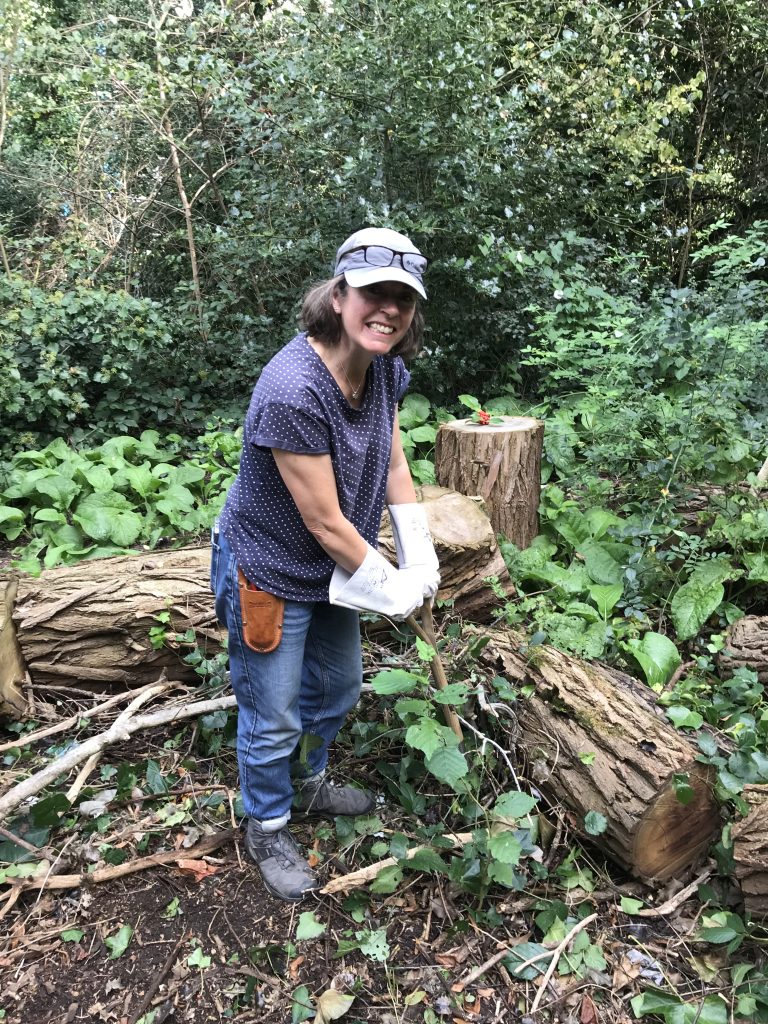
More work was completed to clear the area around one or so the more disease resistant elm trees which was planted several years ago.
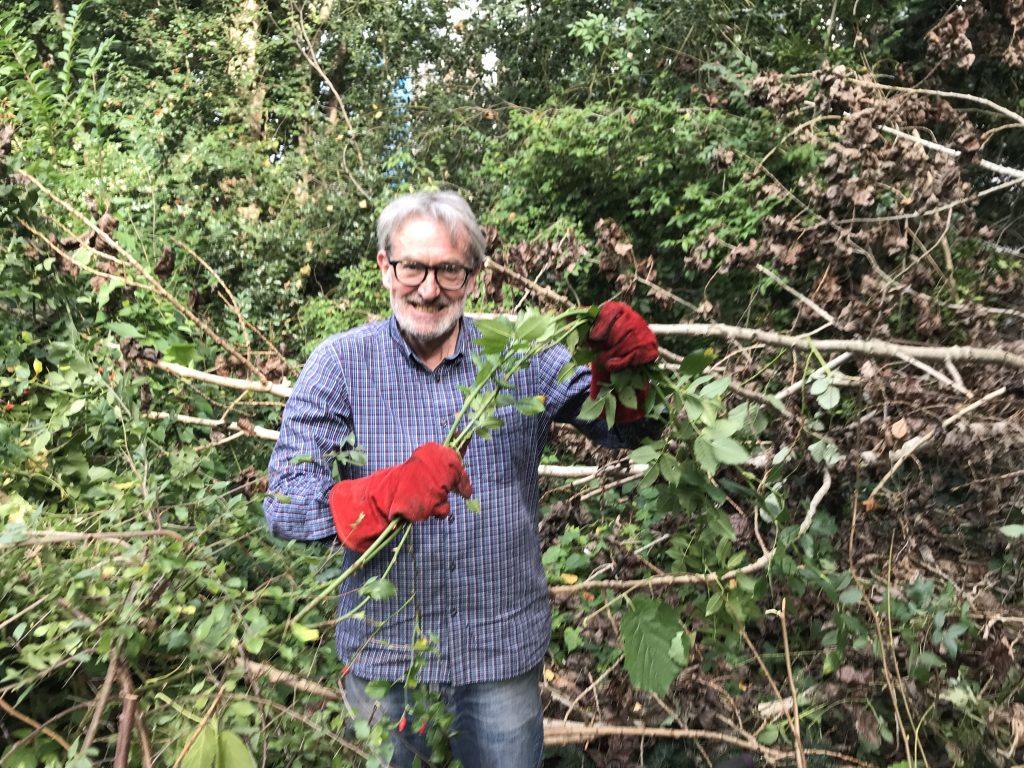
The above photo shows one of our “bee experts”, Jeremy Rosie doing some pruning in The Glade area.
As part of the preparations for our Autumn Afternoon Open Day, repairing the steps is an on-going task, as general wear and tear requires constand maintenance for the safety of all in the woodland. The below photo shows good, new steps that lead towards the upper levels.
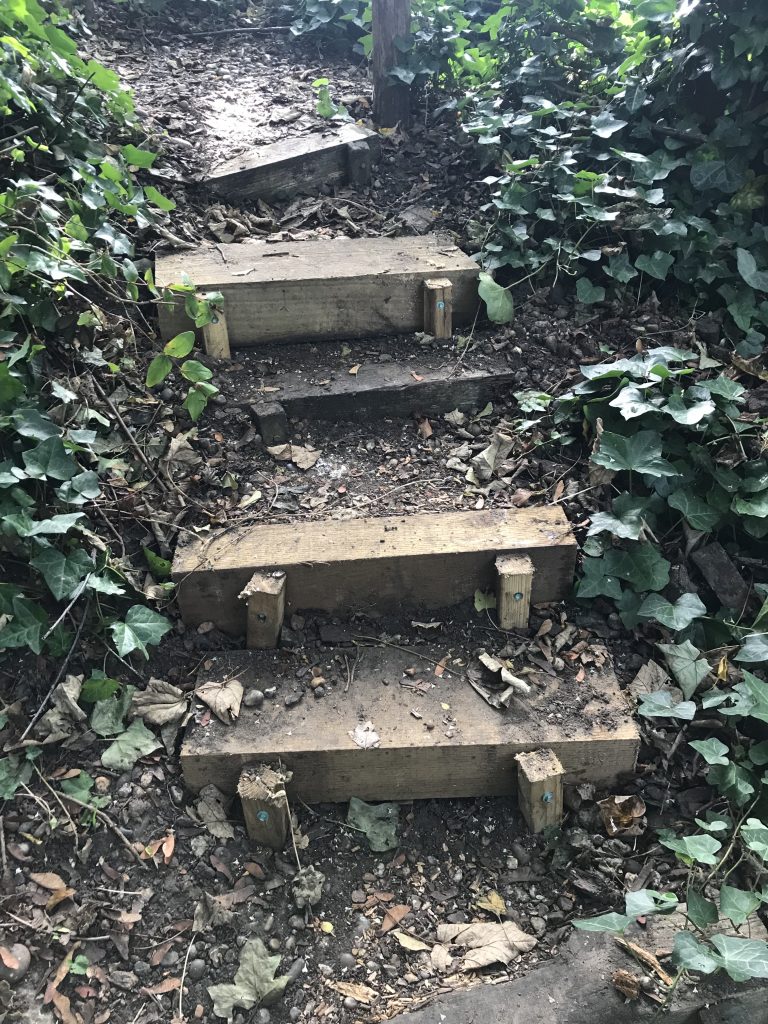
Of course, one of the joys this time of year is the constantly changing plants. Below are 2 photos of vibrant red fruits from a holly tree and a rose.
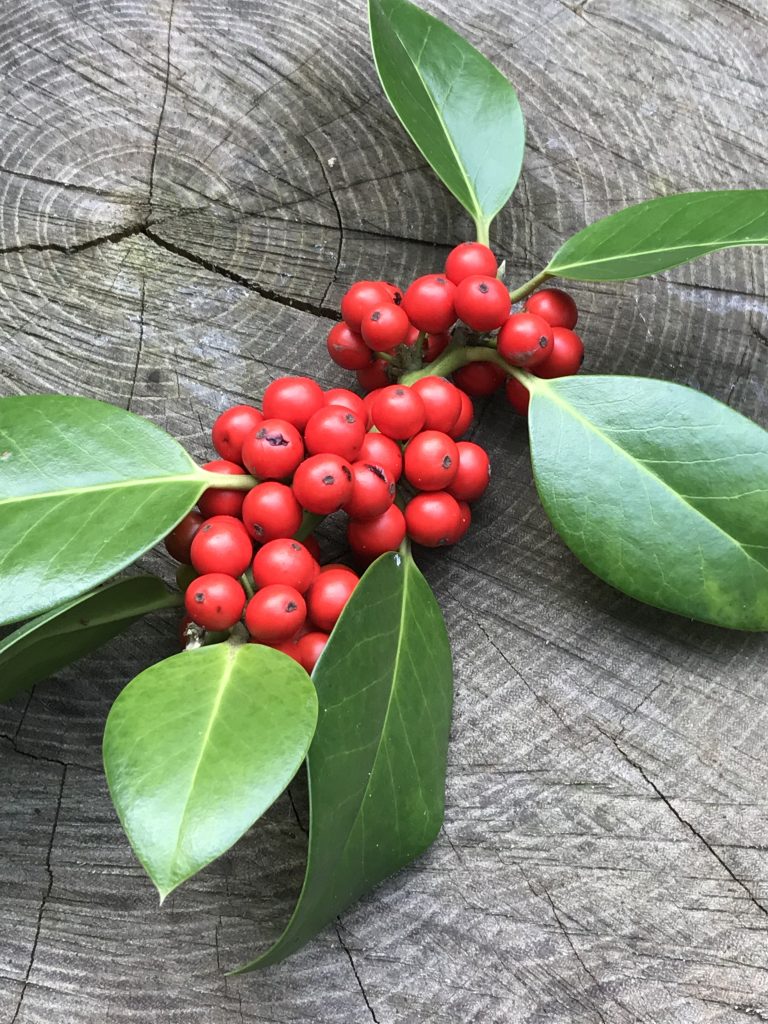
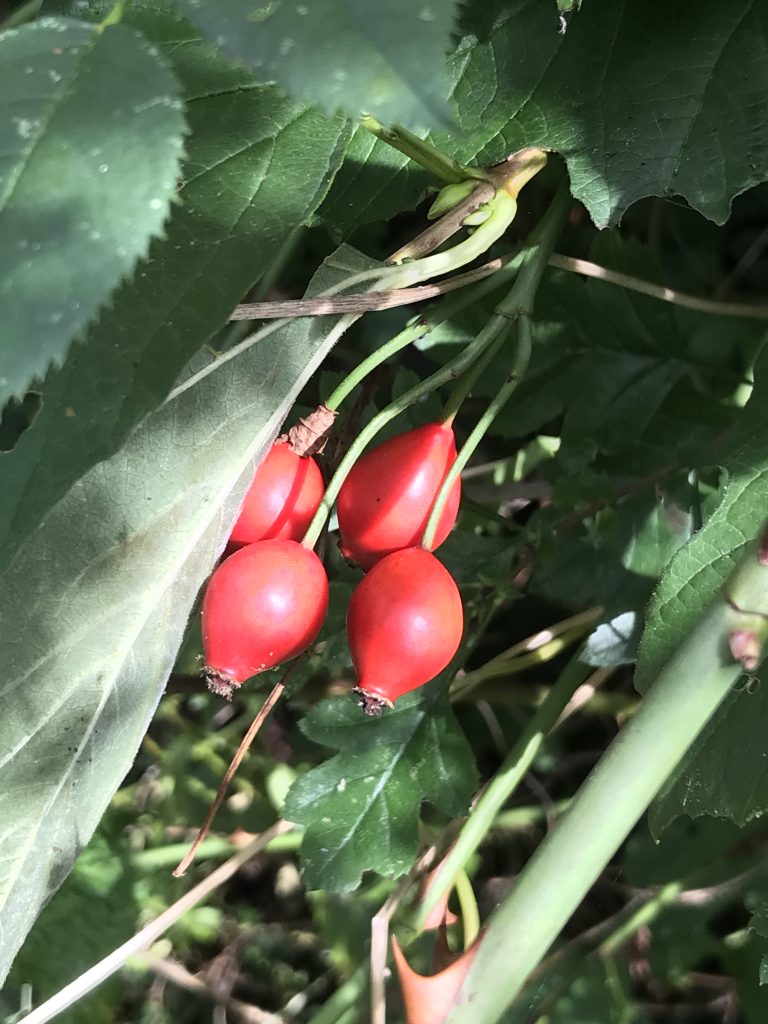
But of course, one of the joys of being in the woodlands is to just enjoy the calmness and tranquility that is possible!
